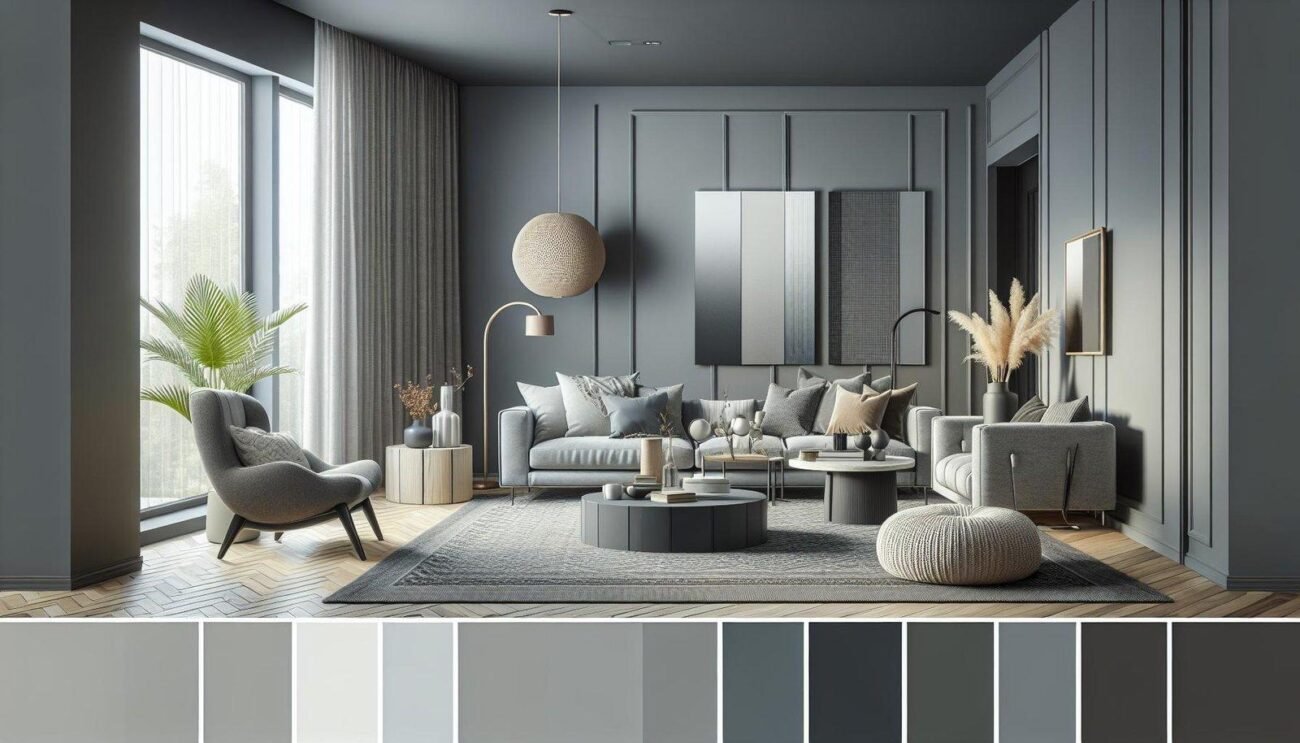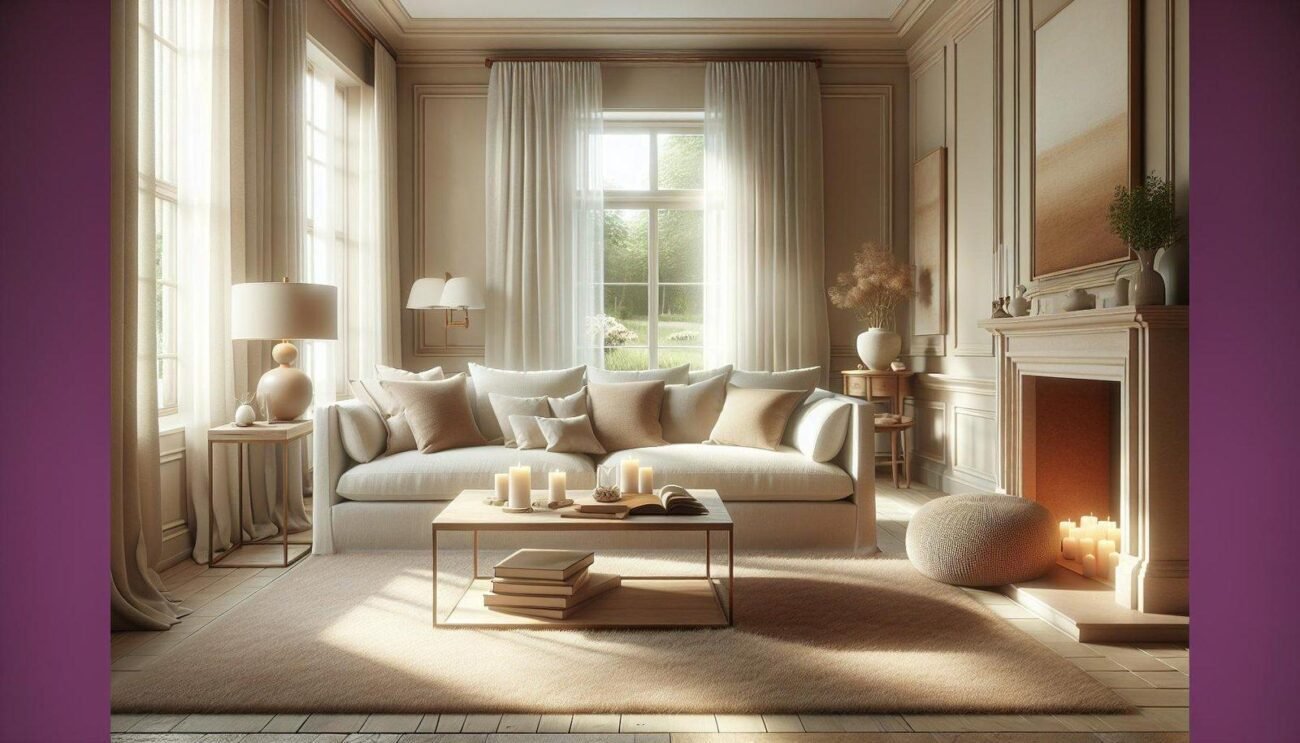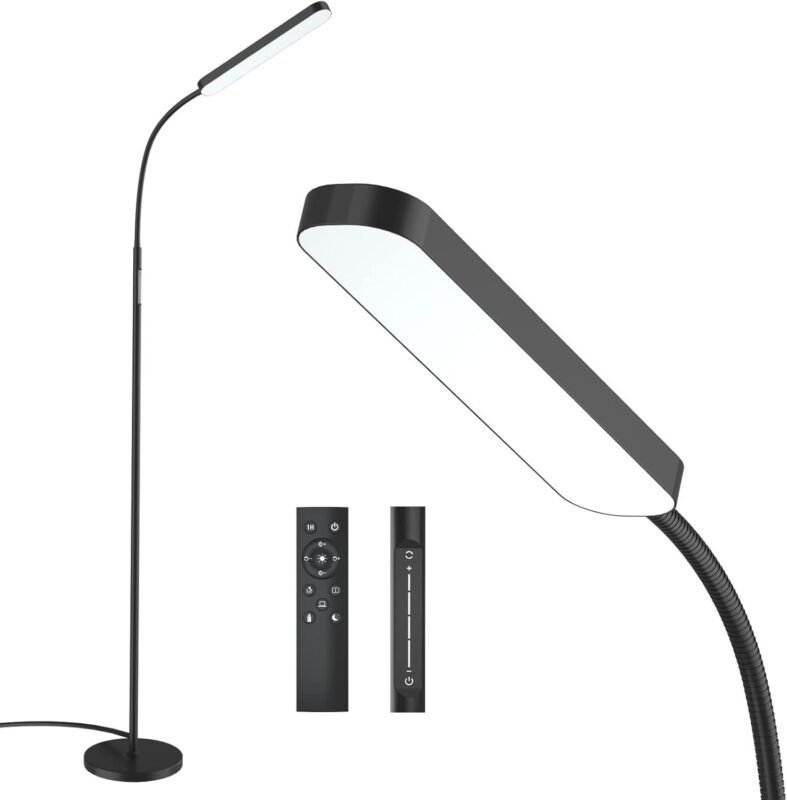How can I experiment with color blocking in my living room design?
Are you looking too refresh your living room with a bold, modern twist? Colour blocking is a fun and dynamic way to breathe new life into your space by using contrasting or complementary colors in distinct sections. this design technique not only adds visual interest but also allows you to express your personality through vibrant hues and creative combinations. In this article, we’ll explore simple and effective ways to experiment with color blocking in your living room, helping you achieve a stylish and harmonious look that feels uniquely yours.
Choosing the Right Color Palette to Create Visual Interest
When selecting a color palette for your living room, aim to strike a balance between harmony and contrast to keep the space visually engaging. start by choosing a base color that will dominate the room—this could be a soothing neutral like soft gray or a warm beige. Complement this with two to three accent colors that bring energy and dimension. Consider shades that naturally pair well, such as teal with mustard yellow, or blush pink with charcoal gray, to create a cohesive look without overwhelming your senses.
To help you experiment confidently, here’s a handy color combination guide to inspire your palette choices:
| Base Color | Accent 1 | Accent 2 | Effect |
|---|---|---|---|
| Slate Gray | Burnt Orange | Ivory | Warm & Elegant |
| Navy Blue | Mustard Yellow | White | Bold & classic |
| Blush Pink | Charcoal | Soft Mint | Fresh & Feminine |
| Olive Green | Terracotta | Beige | earthy & Cozy |
- Test swatches on multiple walls — light changes color perception dramatically.
- Integrate textures to enrich the palette beyond flat paint surfaces.
- Use accent furniture or accessories to introduce pops of color without committing fully.
Balancing Bold and Neutral Tones for a Harmonious Look
When experimenting with color blocking, striking the right balance between bold and neutral tones can truly elevate your living room’s ambiance. Begin by choosing one or two vibrant colors as your focal point, such as a rich teal or mustard yellow. these shades instantly draw the eye and add energy to the space. Counterbalance them with neutral hues like soft grays, warm beiges, or crisp whites to create a soothing backdrop. This interplay allows the bold colors to stand out without overwhelming the room, maintaining a cohesive and inviting atmosphere.
To create a harmonious look, consider distributing these colors strategically across your furniture, walls, and accessories. such as:
- Accent walls: Paint one wall in a bold shade while keeping the others neutral.
- Statement furniture: Use a colorful sofa or armchair paired with neutral cushions or rugs.
- Decor elements: Introduce bold tones in artwork, vases, or throw pillows against a neutral palette.
Here’s a simple guideline to help you visualize your color distribution:
| Element | Recommended Color Ratio | Example |
|---|---|---|
| Walls | 70% Neutral | Soft gray |
| Furniture | 20% Bold | Mustard yellow sofa |
| Accents | 10% Bold | Teal cushions,artwork |
Incorporating Color Blocking with Furniture and Accessories
Start by choosing key furniture pieces in bold,solid colors that contrast or complement each other to create visual interest. For instance, pair a mustard yellow sofa with a deep blue armchair, or select a vibrant emerald coffee table paired with neutral seating. Accessories such as cushions, rugs, and curtains in blocks of color can help unify the space and add layers of dimension without overwhelming the room. Don’t shy away from mixing textures within these blocks—think velvet cushions on a leather sofa or a woven rug beneath a sleek, lacquered table—to add depth and intrigue.
To simplify your approach, consider this quick guide to pairing color blocks with furniture and accessories:
| furniture Piece | Suggested Color Block | Accessory Complement |
|---|---|---|
| Sofa | deep Teal | Goldenrod Throw Pillow |
| Armchair | Burnt Orange | Neutral Toned Blanket |
| Coffee Table | Matte Black | Vibrant red vase |
by focusing on a few strategic color blocks, you can effortlessly infuse energy into your living room while maintaining balance and cohesion. Remember, the key is to couple strong color blocks with complementary accessories that anchor each section of the room, making your living room design both dynamic and inviting.
Tips for Mixing Patterns and Textures to Enhance Your Design
When mixing patterns and textures, start by choosing a cohesive color palette to keep the design harmonious. Focus on varying the scale of patterns—pair large, bold prints with smaller, subtle ones to create visual interest without overwhelming the space.Incorporating different textures, such as a smooth velvet sofa with a rough jute rug or woven baskets, adds depth and invites touch, bringing warmth and character to your living room.Don’t shy away from mixing geometric patterns with organic shapes; this contrast often produces a dynamic yet balanced look.
Here’s a simple guide to balance pattern and texture effectively:
- Anchor: Use a solid color or neutral base to give your eyes a place to rest.
- Contrast: Combine matte and shiny finishes to enhance light play.
- Layering: Layer cushions,throws,and rugs thoughtfully with varying textures.
- Repetition: Repeat a pattern or color in smaller doses to create unity.
| Element | Texture | Pattern Type |
|---|---|---|
| Throw Pillow | Soft velvet | Geometric |
| Area Rug | Natural jute | Abstract organic |
| Wall Art | Matte canvas | Bold stripes |
| Curtains | Sheer linen | Small floral |
Concluding Remarks
Experimenting with color blocking in your living room is a fantastic way to inject personality and vibrancy into your space. By thoughtfully combining bold hues and clean lines, you can create a dynamic and visually appealing habitat that reflects your style. Remember to start small, play with different shades, and balance your choices with neutral elements to keep the look cohesive. With a bit of creativity and confidence, color blocking can transform your living room into a lively and inviting haven. So go ahead—embrace color, have fun, and let your walls and furnishings tell a colorful story!












